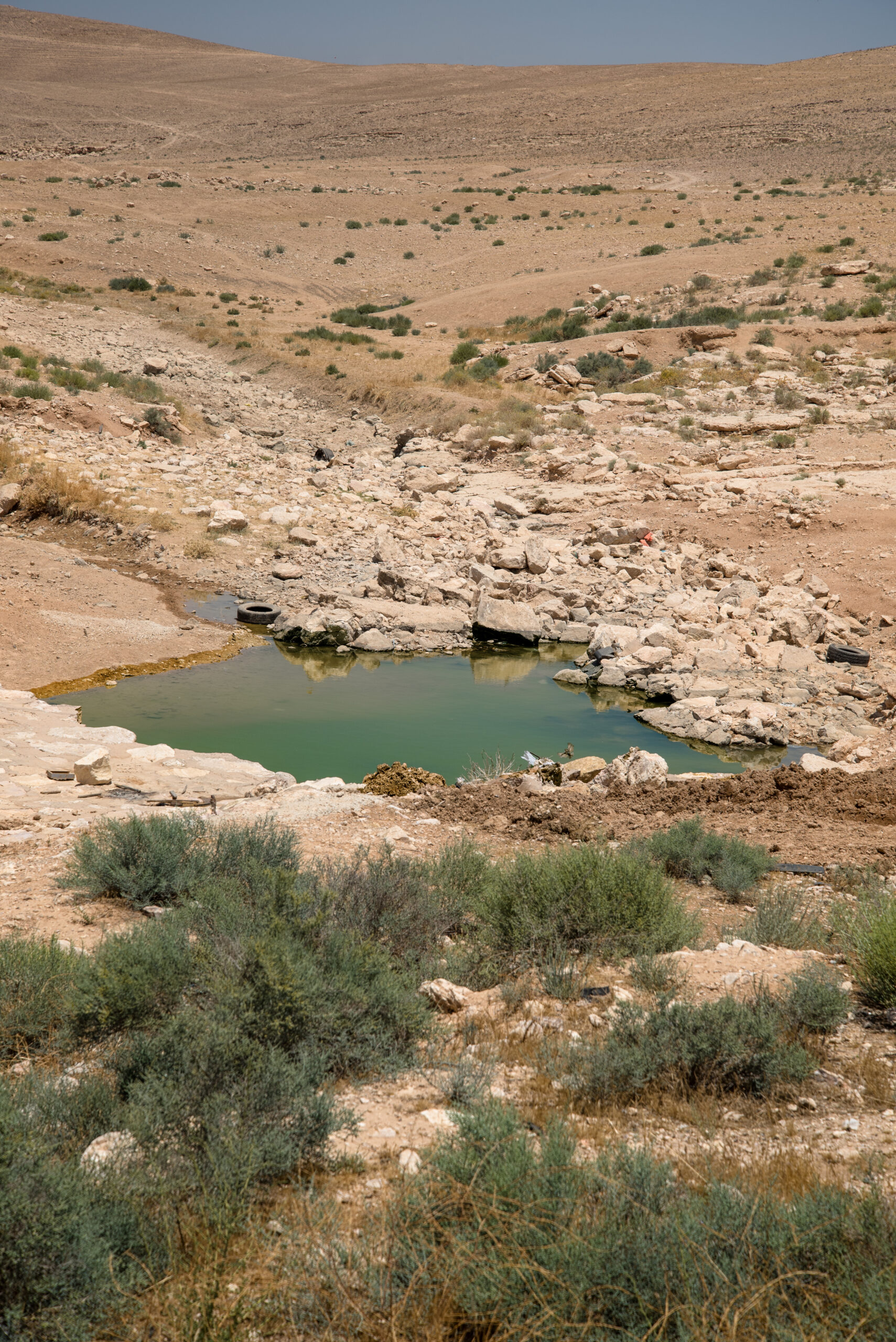Water Accounting
Water accounting is about quantifying water resources and uses of water, much like financial accounts provide information on income and expenditure. Interest in water accounting is based on the premise that ‘We cannot plan and manage what we do not measure’. It is an approach that was developed originally by the International Water Management Institute (IWMI) and has been modified and upgraded with inputs from the Delft University of Technology. FAO defines water accounting as “the systematic quantitative assessment of the status and trends in water supply, demand, distribution, accessibility and use in specified domains, producing information that informs water science, management and governance to support sustainable development outcomes for society and the environment” (FAO, 2012, 2016).
Water accounting’s main role is to provide sound, reliable data as the foundation for good water governance. Water governance is widely accepted as the major weakness in water resource management in most developing countries. According to the World Bank, what makes water governance particularly challenging is, the ‘uncertainty about the amount and quality of water available from year to year, in terms of both stocks and flows’. This is where water accounting fits into water governance and management. The objective of water accounting is to provide verified water resources datasets with a clear set of definitions and terminologies that can be unambiguously understood by policy-makers, planners and stakeholders.
Water accounting integrates hydrological processes with land use, managed water flows and the services that result from water consumption in river basins. Its objective is to achieve equitable and transparent water governance for all users and a sustainable water balance. A contemporary water accounting approach (WA+) focuses on integrating global open-access datasets. Earth observations from satellite are used to infer key fluxes in the hydrological cycle such as rainfall, evaporation, transpiration, biomass production, land use, soil moisture and water levels. Non‑remote sensing water‑related data are taken from different statistical databases or global hydrological models. The result is a standardized, replicable approach that enables comparison of water accounts over time and between locations providing an evidence base that supports water resource planning and management, including better understanding of the implications of investments in water infrastructure.
FAO. 2012. Coping with water scarcity: an action framework for agriculture and food security. FAO Water Report 38. Rome, Food and Agriculture Organization.
FAO. 2016. Water accounting and auditing: a sourcebook. FAO Water Report 43. Rome, Food and Agriculture Organization

Photos Credit: © IWMI